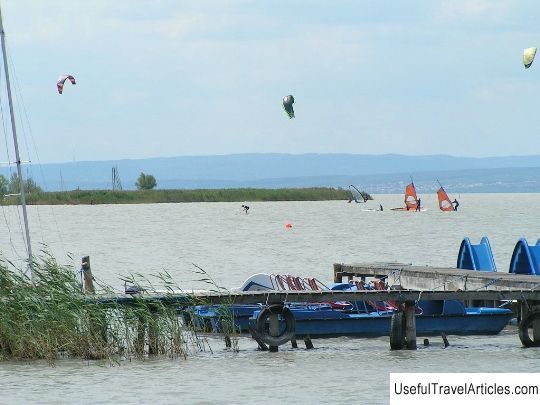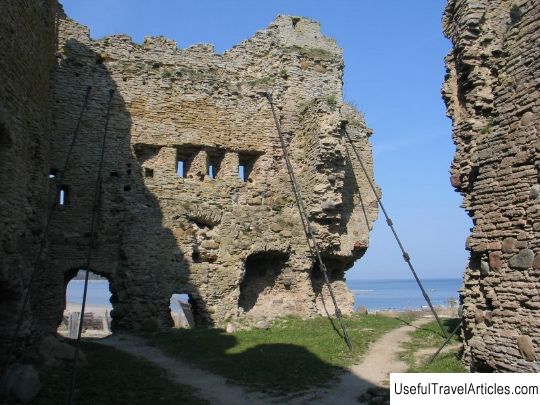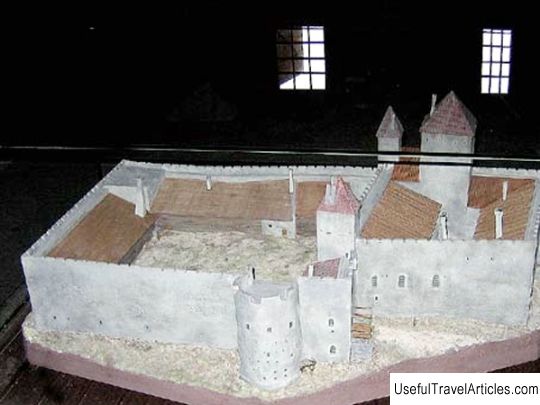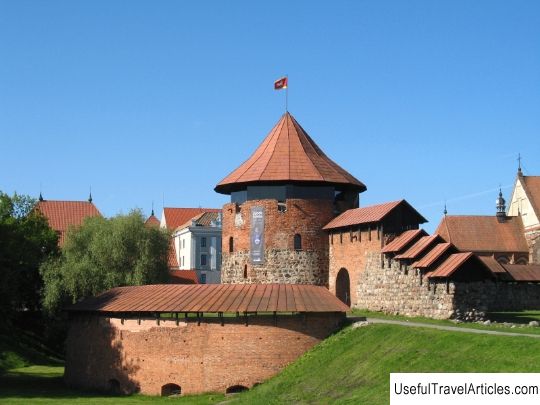Laiuse ordulinnus castle description and photos - Estonia: Jogeva
Rating: 8,2/10 (209 votes) 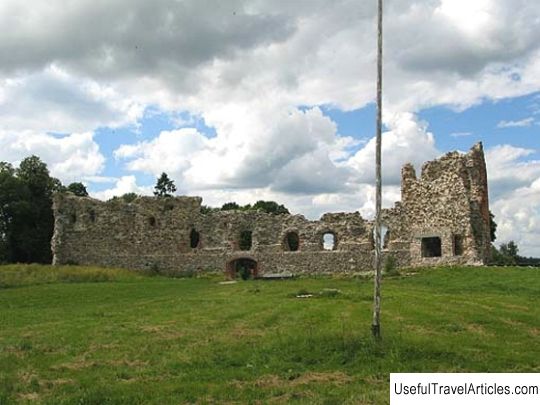
Laiuse ordulinnus castle description and photos - Estonia: Jogeva. Detailed information about the attraction. Description, photographs and a map showing the nearest significant objects. The name in English is Laiuse ordulinnus. Photo and descriptionLaiuse Castle, or Lais Castle (German: Schloss Lais), was founded by the Livonian Order in the 14th century. Construction continued until the middle of the 15th century. This castle was built as an auxiliary one and was adapted for the use of firearms. First, they built the central part, measuring 21x11.6 m, and a trapezoidal wall. Initially, the walls were 9 meters high and just over 1 meter thick. Later, in the 15th century. The height and thickness of the castle walls were increased. The maximum height of the preserved wall is 13.8 m, and the height of the partially destroyed tower is 22 meters. The diameter of the bath at the base reaches 14 meters, the thickness of the walls is 4 m. The first attempts to capture the castle were made by Russian troops in 1501 and 1502, but they were unsuccessful. the castle could not be captured. Serious battles for the fortress took place during the Livonian War. In February 1559, Russian troops repeatedly tried to capture the castle, but they could only succeed in August. At the end of the same year, the master of the Livonian Order, Gotthard Kettler, attempted to return the castle, however, he failed to do so. In 1582, the Yam-Zapolsky peace treaty was signed, according to which Laiuse Castle and its surroundings were transferred into the possession of Poland. At the direction of the head of the region, the castle and the surrounding residential buildings were going to be restored. The peace treaty did not last long and was broken by the Swedish-Polish War, which lasted from 1600 to 1629. At the very beginning of this war, the Swedes laid siege to the castle. After a 4-week siege of the fortress, the Polish troops surrendered. The castle passed to the Swedes, although not for long, a year later the Poles won the fortress back. On January 5, 1622, the Swedish military leader (ooberst) Henrik Fleming stormed the Laiuse castle. During the Russian-Swedish War (1656-1661), Russian troops reached the castle (in 1657), but then there was no attempt to capture the castle. By the beginning of the Northern War, most of the castle was destroyed. Residential buildings were built in the courtyard of the castle ruins. Among them, a large one-story house stood out, in which the Swedish king Charles XII stayed. He arrived here after the famous battle near Narva, in which the troops of Peter I were defeated. Currently, we can only observe the ruins of the Laiuse Castle.      We also recommend reading Valencian Institute of Contemporary Art (Instituto Valenciano de Arte Moderno) description and photos - Spain: Valencia (city) Topic: Laiuse ordulinnus castle description and photos - Estonia: Jogeva. |
